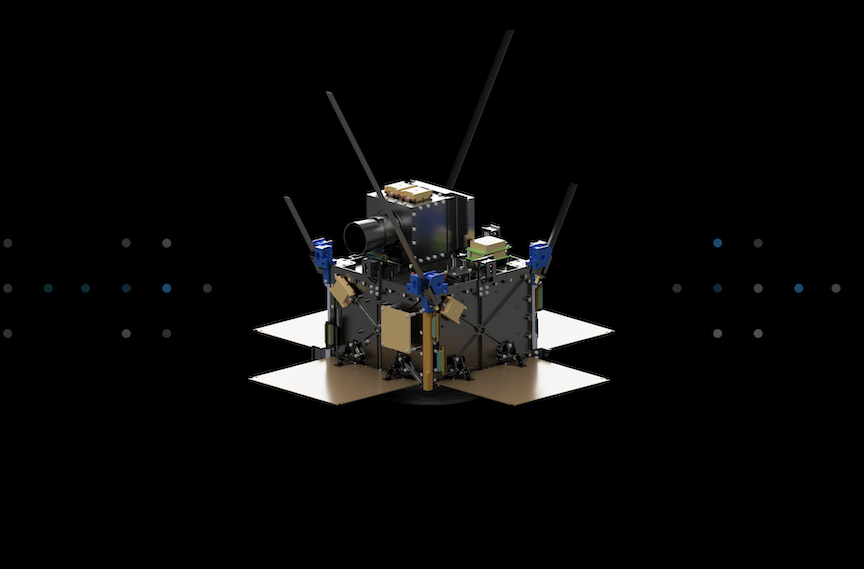
Pixxel recently launched its satellite manufacturing unit, Mega Pixxel, in Bengaluru where it can assemble, integrate and test 40 satellites weighing 100 kilograms every year as the nascent company aims to take a leap in the space sector.
“If you are looking at 100-kilogram micro-satellites which are able to do a whole lot of stuff in terms of actual commercial viability, we can do 20 of them at a single point in time. The turnaround time from getting them assembled to ship-to-launch is about six months. That makes it 40 every year,” Awais Ahmed, founder and CEO Pixxel, told PTI.
Ahmed said Pixxel aims to launch six 100-kilogram satellites, named Fireflies, by June, and add another 12 next year to monitor in over 250 spectral bands at five-meter spatial resolution — the highest in commercial hyper-spectral satellites.
He said Pixxel also plans to launch six heavier satellites — Honeybees — next year to complete its constellation of 24 satellites with an ability to revisit any location on Earth within a 24-hour cycle.
At five meters, the Fireflies have better resolution than the demonstration satellites Shakuntala and Anand that Pixxel launched aboard SpaceX and PSLV rockets, respectively, in 2022, Ahmed said.
The satellite manufacturing facility in Bengaluru, inaugurated on January 15 by Indian Space Research Organization (ISRO) Chairman S Somanath, spans more than 30,000 square feet and comprises two modern clean rooms of ISO Class 7 and ISO Class 8 that safeguard against contaminants, which can impair satellite functionality during the assembly and integration process.
Additionally, it also houses labs for advanced camera integration, electronics research and development, and electrical assembly; along with a mechanical workshop, a mission control room, and an office space that can accommodate more than 200 employees.
“The facility enables us to assemble, manufacture and test satellites under our own roof, meaning we can control the schedule; we can iterate faster without being dependent on anyone external to do that,” Ahmed said.
“The faster we can build satellites for ourselves and some other customers of ours, the faster we can keep turning it around, that momentum will keep us moving forward. This is just about gaining more control of the supply chain, the assembly sequence and getting those satellites up there,” he said.
Pixxel raised USD 36 million in Series B funding last year from Google, Lightspeed and other investors. So far, it has raised USD 71 million since its founding in 2018.
“We are not in want of money right now. We just have to keep our heads down and execute. However, we will go in for funding post the launch of Fireflies in June,” Ahmed said.
Pixxel has clients such as the Union Ministry of Agriculture, Rio Tinto, National Reconnaissance Organisation of the US, and other global organizations.
Data from Pixxel satellites will be critical in helping global organizations closely monitor emissions, water pollution, gas leaks, oil spills, soil composition, forest biodiversity and crop health in unprecedented detail and at faster speeds.
The company also won the iDEX grant to build a satellite bus for the Indian Air Force and is also putting together a 150-kilogram satellite for it.